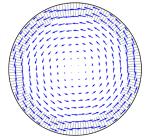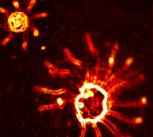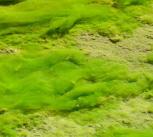Swarming cicadas, stock traders, and the wisdom of the crowd
01 February 2024The springtime emergence of vast swarms of cicadas can be explained by a mathematical model of collective decision-making with similarities to models describing stock market crashes.









